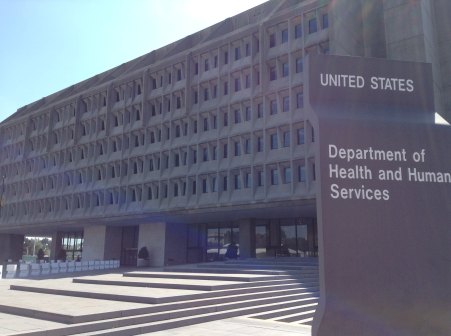HHS has a new step-by-step guide to getting, and using, digital health records

The U.S. Department of Health and Human Services’ Office of the National Coordinator for Health IT (ONC) knows it can be hard for patients to get their full electronic health records, and it wants to help.
So the office launched a new webpage Wednesday — a public-facing step-by-step guide to procuring and utilizing one’s health record.
“It’s important that patients and their caregivers have access to their own health information so they can make decisions about their care and treatments,” Don Rucker, M.D., national coordinator for health information technology, said in a statement. “This guide will help answer some of the questions that patients may have when asking for their health information.”
The site guides users through the full range of steps from “how do I get started?” (pro tip: check your health care provider’s online patient portal) to questions about how long the process will take and what to do about missing or incorrect information.
According to ONC data, about half of Americans who are offered access to their electronic health records do not take advantage of the opportunity, citing “perceived lack of need.” But ONC is concerned that many of these patients might not realize their right to the information — the new how-to aims to assuage this.
The launch of the guide follows on the heels of various other government projects centered on giving individuals more information about and control of their health data.
MyHealthEData, a Trump administration initiative led by the White House Office of American Innovation, is all about “giving every American control of their medical data.”
According to a press release, “MyHealthEData will help to break down the barriers that prevent patients from having electronic access and true control of their own health records from the device or application of their choice.” Making sure that patients understand their right to their own health records, and how to exercise this right, is a first step in this process.
And over at the Centers for Medicare and Medicaid Services, the U.S. Digital Service recently released Blue Button 2.0, an API that Medicare recipients can use to share their claims data with third party researchers or companies should they so choose.




